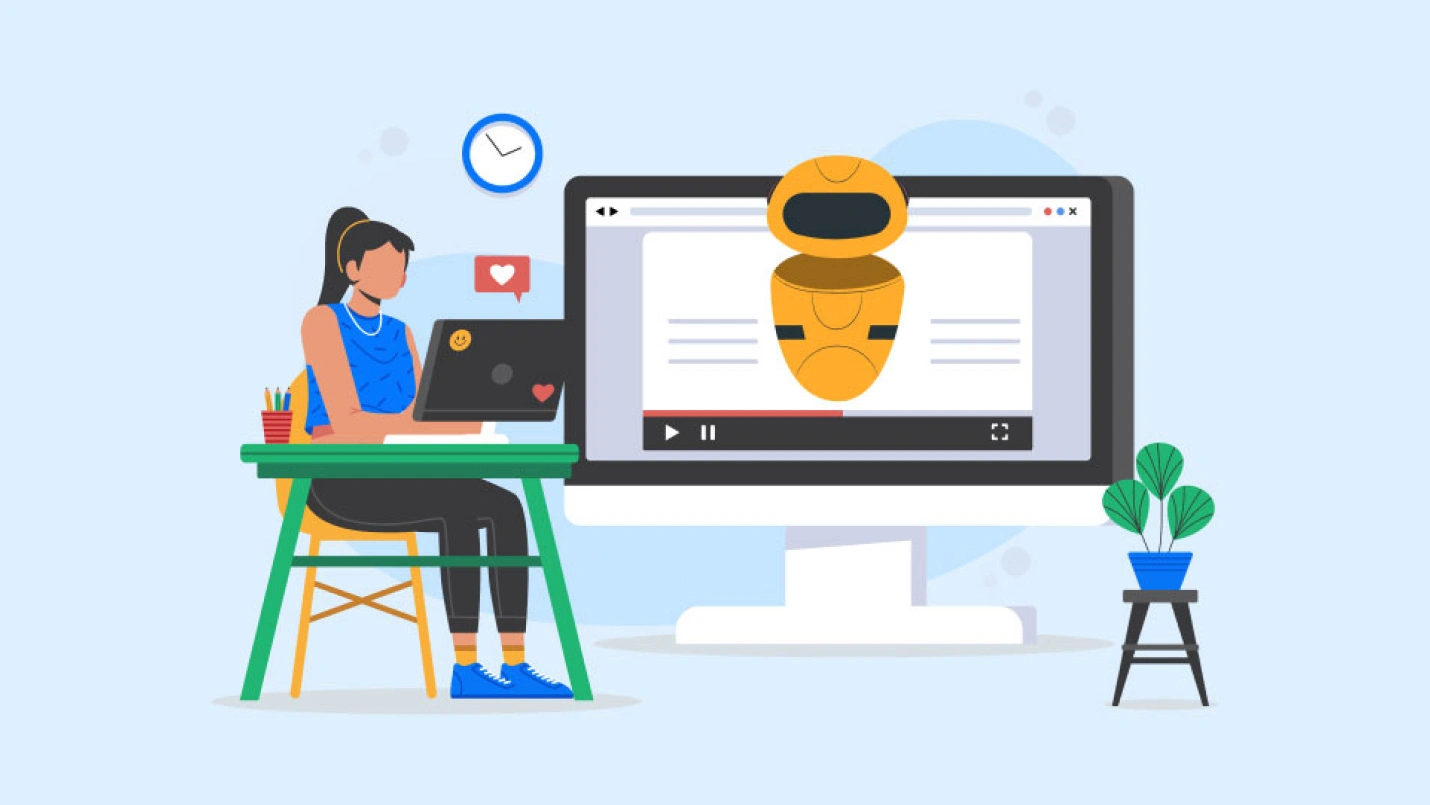When it comes to the education landscape, the entire industry has undergone a rapid transformation in recent times. The next-gen technologies, including Artificial Intelligence and Machine learning, have portrayed their true potential in all industry verticals globally.
As per a recent report, the global AI software market is forecast to reach 126 billion U.S. dollars by 2025.
When every other industry is reaping the benefits from AI & ML, the education industry is no different, rapidly seeking innovative AI development solutions to transform learning. Artificial intelligence and machine learning in the education sector are acting as the driving force and have added value as never before. The cutting-edge technologies are making an indelible mark in the education industry, and the majority of the market players have a clear idea of how technology is changing the face of education.
What is Artificial Intelligence?
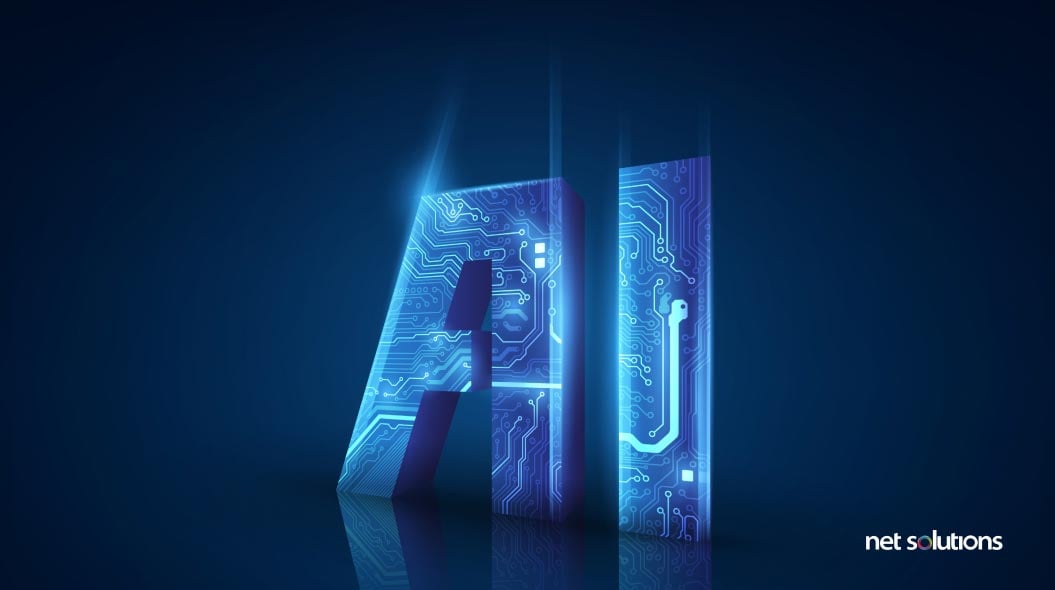
Artificial intelligence (AI) is the capability of a machine that replicates intelligent human behaviors like analyzing and making decisions. The AI market is backed by a comprehensive range of applications that include- robotic process automation, machine learning, and natural language processing (NLP).
From the smart voice assistants in mobile devices, industrial robots, automatic parking systems, customer support chatbots, to smart speakers, AI is everywhere in today’s digital landscape, a testament to the growing expertise in AI app development services.
Since you have an idea of what exactly AI is, let’s understand what is machine learning and its applications.
What is Machine Learning?
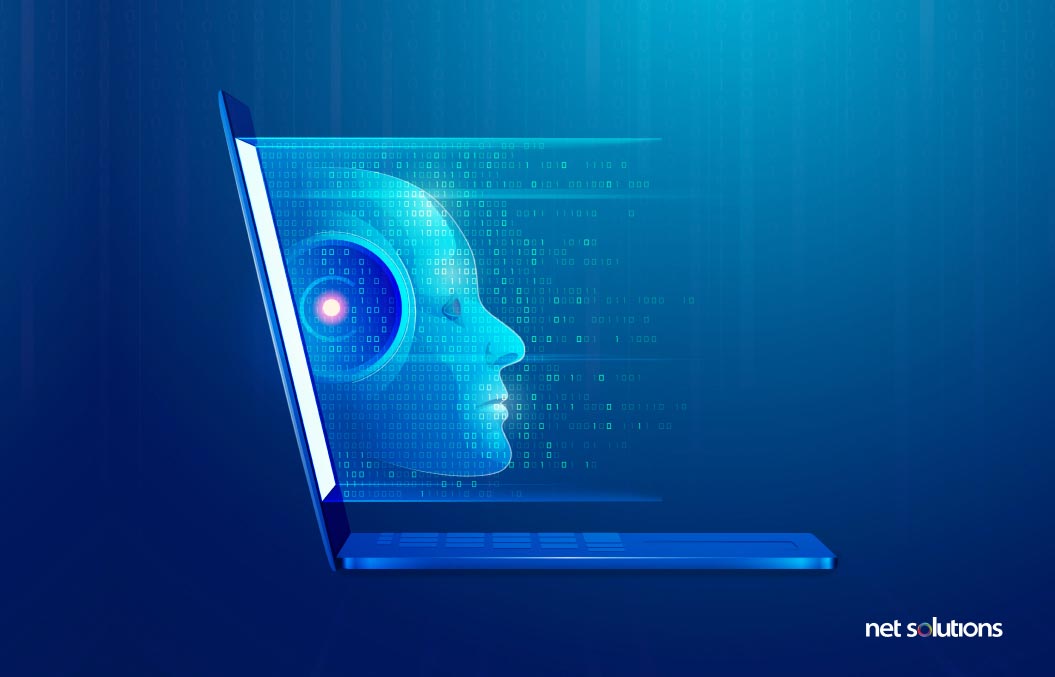
Machine Learning an extended application of artificial intelligence, which provides systems to learn from experience without being programmed to perform a particular task. It is a learning system that evolves over time. As companies involved in edtech focus on leveraging new machine learning education technology and exploring their possibilities, machine learning in education is helping companies differentiate themselves. With advancements in machine learning algorithms, this trend shall continue to change the education industry’s face far into the future.
Machine learning models are of three types:
1. Supervised
Supervised machine learning algorithms apply already received or collected knowledge to the new data to form decisions. Using the collected data, these algorithms predict the situations. For example, the algorithm working in email filtering automatically recognizes unwanted emails and puts them into spam folders.
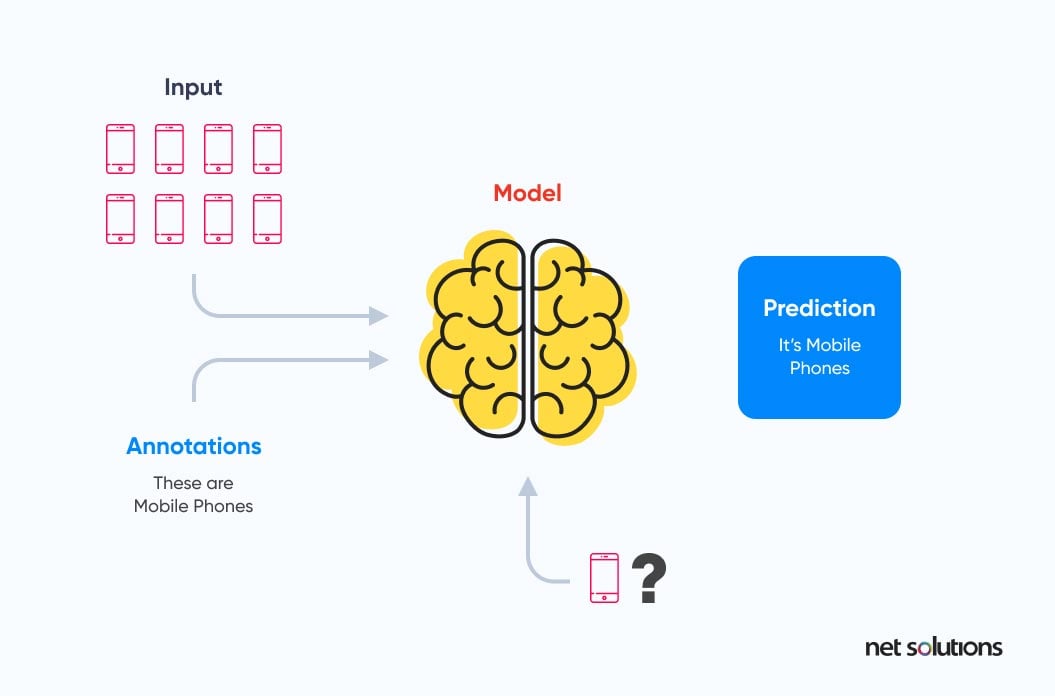
2. Unsupervised
Unsupervised classification happens when the data used to train isn’t classified or labeled. These types of machine learning algorithms define data based on their structures, features, densities, and other similar attributes.
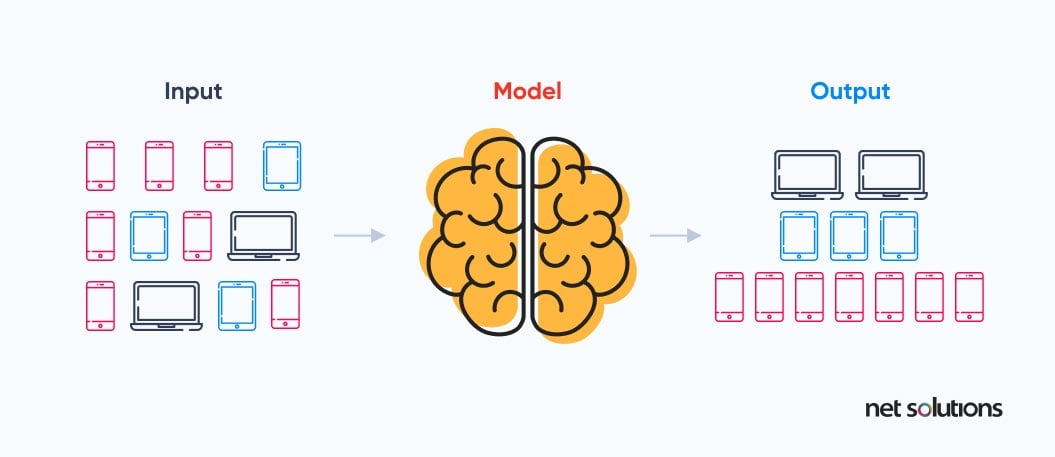
3. Semi-supervised
This type of machine learning algorithm is applied in situations where some data can be labeled, yet just partly, and the primary set of data can’t be determined. Semi-supervised ML helps classify some of the unlabeled information with the help of data that can be labeled.
These days machine learning is being used in a number of industries, from entertainment to e-Commerce; it has its space in every vertical to improve processes. In the education industry as well, it has many applications like predictive analysis and data mining.
Applications of Artificial Intelligence & Machine Learning in the Education Industry
From improved learning experience for students to streamlined educational operations, AI & ML have brought remarkable transitions in the education landscape. There are multiple scenarios where we can explore how machine learning has transformed the face of education.
Using machine learning in the education sector can help improve the experience (for students and teachers) by many folds. For the market players who are wondering how machine learning can be used in education, there are countless ways AI & ML are transforming the experience of school administrators, staff, students, and parents while streamlining the regular school operations.
There are countless examples where ML & AI prove their true potential in the edtech industry. So, if you are curious to know how machine learning is being used in education or how machine learning/AI improves the education sector, here are the answers for you!
Some of the applications of machine learning & artificial intelligence in the edtech industry include:
1. A Step Towards Predictive Analysis
There was a time when “old school” teachers had opinions about a student’s future based on favoritism. This somewhere did lead to reduced morale of young minds who then thought themselves to be a little less than others.
The predictive analysis here replaces favoritism with “proof-eccentric” data. Leveraging the art of machine learning in ed-tech, predictive analysis takes the lead by analyzing the past and the present data to make predictions about future results.
Predictive analytics encompasses a variety of statistical techniques from data mining, predictive modeling, and machine learning, that analyze current and historical facts to make predictions about future or otherwise unknown events. ~ Wikipedia
How is this helpful? Students who are likely to drop out or score less in the future can become the teachers’ primary focus. The education industry players can realize where the focus should be so that no one feels left out or unattended.

To be precise, predictive analysis brings advantages to educational institutions by combining what they already know with new knowledge. This advanced discovery can then enable teachers and authorities to frame out proactive strategies for the betterment of their students.
Example: Hamilton County tracked individual student performance with predictive analysis software IBM SPSS, and managed to keep their students on the right track. The success came in the form of a graduation rate that boosted up to 10%.
The data helped in:
- Developing an effective student retention system
- Creating 360-degree profile views of students
- Revamping the entire enrolment management
- Enhancing student scores and overall performance
2. Process Efficiency is not a Far-Sighted Dream
Educators need a better system that does all the job for them and lets them focus on a bigger cause, i.e., imparting their knowledge to the masses. Gone are the days when teachers had to struggle to maintain separate logs for their students.
Machines have taken over the load by systematically organizing content and managing the teachers’ daily curriculum – one of the major benefits of machine learning in education.
The result is quite evident: Teachers teach well, and students’ results show an incredible improvement.
Another sector where machine learning in education plays an essential role is bridging the gap between students and teachers. A student doesn’t have to run behind the teachers for appointments as the automated system will do that for them based on the student and the teacher’s routine schedules.
Example: Netex Learning is a machine learning-enabled web platform that lets tutors design curriculum for the day. The best part is that teachers already get the leverage to design the teaching plans around content that include videos, audio, personalized assignments, and even discussion portals.
The results of applying machine learning in the education industry:
- Reducing administrative burdens significantly
- Lets students and teachers focus on what matters
- Introduces interactive and exciting learning methods
3. Revolutionizing Learning with Smart Tutors
The traditional lectures have always restrained the touch of practicality and real-world implications. There has always been a space for renovation, and that is exactly what is introduced by machine learning technology.
“Smart tutors” is the much-needed wave that is slowly and steadily making its mark in the world of education. The lectures are being transformed into video tutorials, flashcards, smart guides, educational apps, and regular assessment quizzes.
The one thing that stands out: Students and teachers get 24/7 accessibility to virtual educational sources.
Another form that the smart tutor system is taking comes in the form of virtual tutors. This could be the best take on being labeled as a true “edtech” body that embraced machine learning for your education institution.
Example: Virtual teachers in the form of robots are teaching the kids in Singapore. The robots can read stories, give assistance with simple math problems, and help introverted kids to evolve in a much better way.
Results of embedding smart tutors:
- Staying one step ahead in your competition
- Adding virtualization to your educational body
- An opportunity to boost students’ performance
With the advent of technology, endless machine learning use cases in the education industry can be experienced that showcase how AI & ML have turned out to be a blessing for the entire industry.
3 Popular Examples of AI & ML in the EdTech Industry
Duolingo
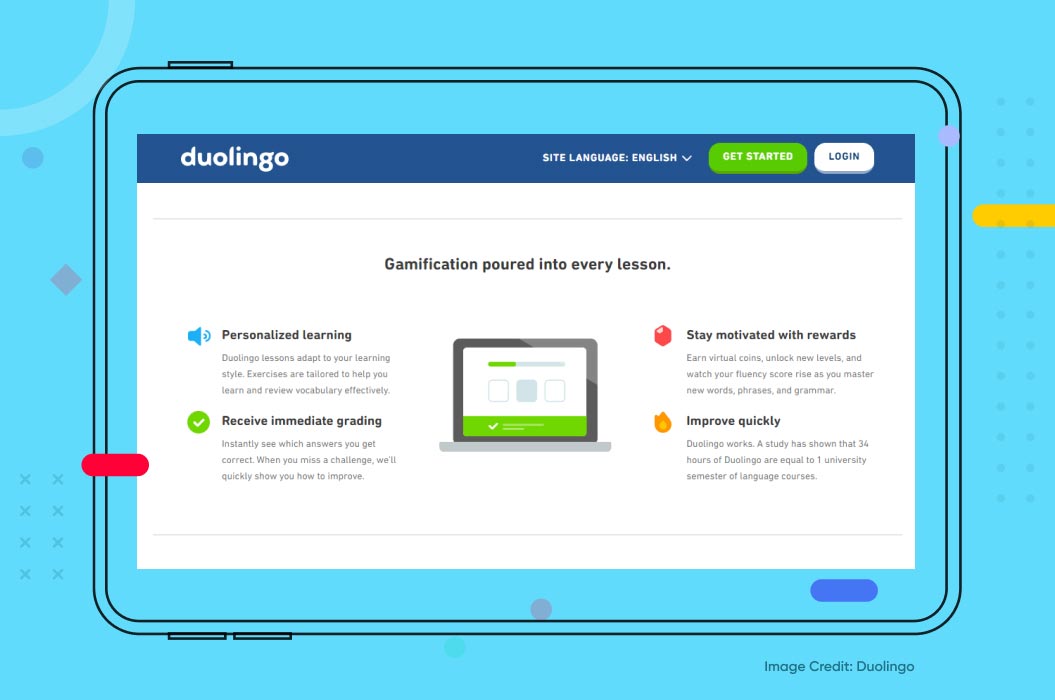
Founded in Pittsburgh, Duolingo is a language learning app that uses artificial intelligence and machine learning algorithms to improve its language teaching process. The app is currently valued at $2.4 Billion and boasts over 300 Million active users.
Using AI and deep learning algorithms, the app has now developed statistical models around the user’s capacity to learn and remember the words of a news language. It uses ML to analyze the user data and personalize the language learning experience.
Coursera
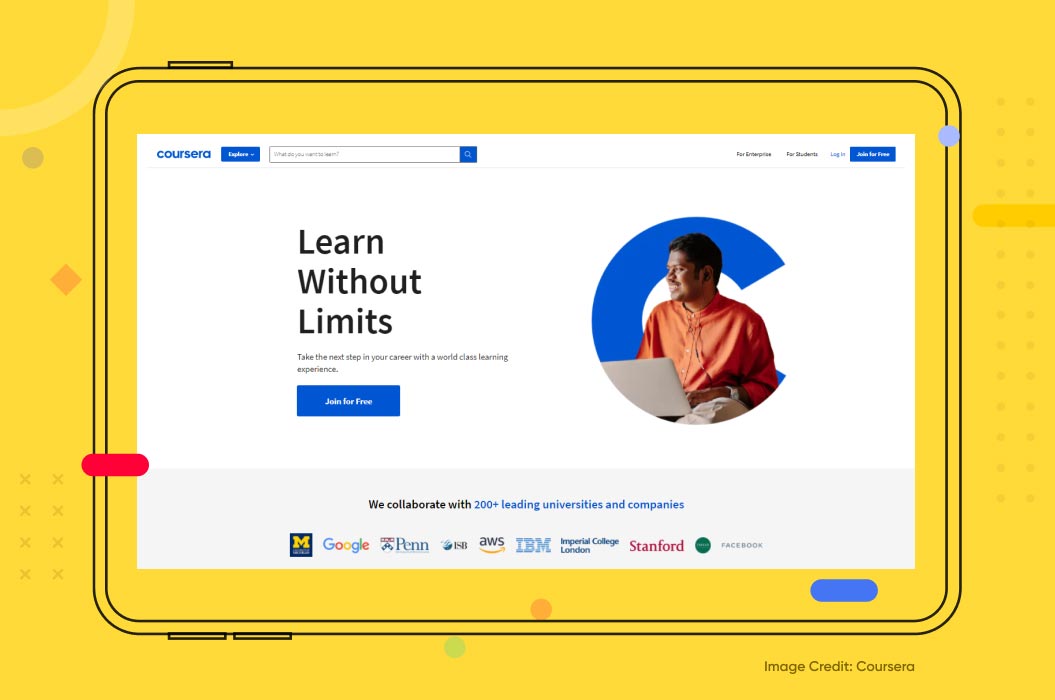
Founded in 2012, Coursera is an AI-powered application that collaborates with universities and educational institutions to provide online courses, degrees, and certifications in multiple subjects. Coursera’s platform is ideal for “blended learning,” where students can watch the lectures in advance, and during the class, they can focus on the discussions and interactive learning.
The app is open, free, and flexible for the students’ diverse learning needs and styles. Coursera app is equipped with multiple features that include mobile notes, personalized reminders, transcripts, on-demand video lectures, and a lot more.
Brainly
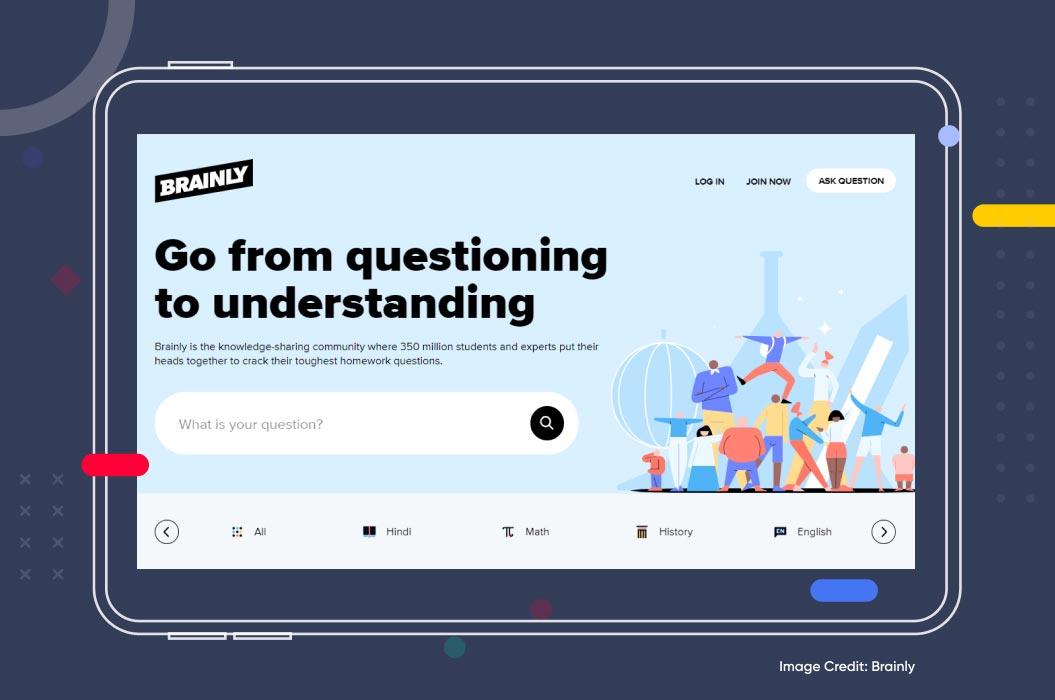
Founded in 2009, Brainly offers a peer-to-peer learning platform ideal for students, teachers, and parents to ask and answer homework queries. The app received around 350 million users monthly in November 2020.
The app has a broad network of around 350 million students and teachers that make learning more fun and easy.
The Verdict
The impact of machine learning in the education industry has enabled education administrators to make their job easy, smart, and hassle-free. Besides this, artificial intelligence and machine learning for school students is another segment that has gained momentum as the technologies ensure a smart and improved learning experience for the students.
The incredible amalgamation of AL & ML has uplifted the entire ed-tech industry and taken it to a whole new level. Traditional approaches to manage educational operations have become obsolete, and people are making a switch to automated platforms backed by next-gen technologies. So, machine learning and education still have a long way to go. All your education department needs is to understand the time’s demand so that everyone comes forward and appreciates your efforts.
So, ditch the old learning ways and embrace artificial intelligence and machine learning applications in the education industry. In the digital ecosystem, you can easily find agencies that have exposure to build machine learning applications and machine learning tools. Now, as you have a clear vision of how machine learning is changing the world of education, the first step starts with looking up for machine learning equipped businesses that can help you build a workable AI & ML model.

